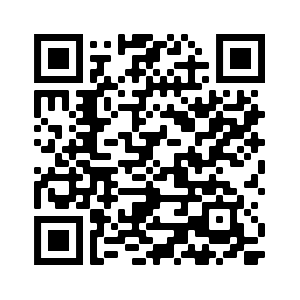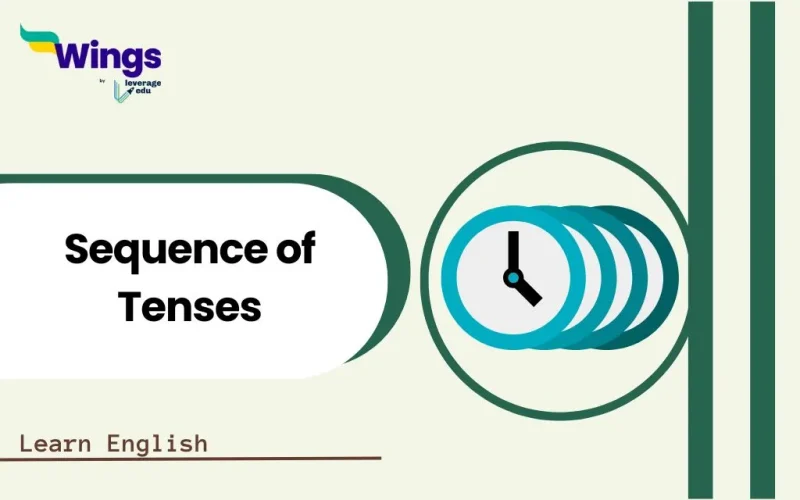The English language has many rules, and one of the most important ones is the sequence of tenses. If you have ever wondered why some sentences require a past tense verb while others need a present or future tense, then understanding the sequence of tenses will help you. This concept ensures that sentences are grammatically correct and make sense in different contexts.
In this complete article, we will explore the sequence of tenses, its rules, exceptions, and examples. Whether you are a student, a professional, or someone looking to improve your English, this guide will make the topic easy to understand.
This Blog Includes:
What is the Sequence of Tenses?
The sequence of tenses refers to the relationship between the verb tenses in different parts of a sentence. It ensures that the tenses are logically connected so that the sentence is grammatically correct and clear.
For example:
- She said she was tired. (Correct)
- She said she is tired. (Incorrect in most cases)
The past tense of “said” requires that the verb in the second clause (“was”) also be in the past tense.
Also Read: Tenses Rules in English: Charts & Tenses PDF
Basic Rules of the Sequence of Tenses
To apply the sequence of tenses correctly, follow these fundamental rules:
1. When the Main Clause is in the Present or Future Tense
If the verb in the main clause is in the present or future tense, the verb in the subordinate clause can be in any tense, depending on the meaning of the sentence.
Examples:
- She says she loves coffee. (Present + Present)
- She says she will travel to Paris next year. (Present + Future)
- She will say that she has finished the project. (Future + Present Perfect)
2. When the Main Clause is in the Past Tense
If the verb in the main clause is in the past tense, the verb in the subordinate clause should usually be in the past as well.
Examples:
- He said he was hungry. (Past + Past)
- She told me that she had seen the movie. (Past + Past Perfect)
- They thought the exam would be easy. (Past + Future in the past)
3. Exceptions to the Past-Past Rule
There are some exceptions where the subordinate clause can remain in the present tense, even when the main clause is in the past tense. This happens in cases of general truths, universal facts, and habitual actions.
Examples:
- He said that the Earth revolves around the Sun. (Scientific fact)
- The teacher told us that water boils at 100°C. (General truth)
Types of Sentences and Their Tense Sequences
In this section, we will explore different types of sentences and their sequence of tenses:
1. Indirect Speech (Reported Speech)
In reported speech, the sequence of tenses follows specific rules.
Examples:
- Direct: “I am happy,” she said.
- Indirect: She said she was happy.
- Direct: “I will visit you tomorrow,” he said.
- Indirect: He said he would visit me the next day.
2. Conditional Sentences
The sequence of tenses in conditional sentences follows a specific pattern:
| Condition Type | Main Clause Tense | Subordinate Clause Tense |
| Type 1 (Possible) | Future | Present |
| Type 2 (Unreal Present) | Would/Could + Verb | Past |
| Type 3 (Unreal Past) | Would/Could have + Verb | Past Perfect |
Examples:
- If you study, you will pass the exam. (Type 1)
- If I were you, I would buy that car. (Type 2)
- If she had studied, she would have passed. (Type 3)
3. Time Clauses
When time clauses begin with words like before, after, when, while, and until, the tense in the subordinate clause follows a sequence.
Examples:
- She left before I arrived. (Past + Past)
- I will call you after I finish work. (Future + Present)
Also Read: Present Tense: Meaning, Types, Structure, and Examples
Common Mistakes to Avoid When Using Sequence of Tenses
Even advanced English learners sometimes struggle with the sequence of tenses. Here are some common mistakes and how to fix them:
- Mixing past and present incorrectly
- Incorrect: He said he is tired.
- Correct: He said he was tired.
- Incorrect use of future tense in reported speech
- Incorrect: She said she will go to the market.
- Correct: She said she would go to the market.
- Breaking the sequence in conditionals
- Incorrect: If I was rich, I will travel the world.
- Correct: If I were rich, I would travel the world.
Also Read: Tenses Cheat Sheet
Why is the Sequence of Tenses Important?
Understanding the sequence of tenses is essential for:
- Clear Communication: It helps convey the correct meaning without confusion.
- Professional Writing: It ensures proper grammar in academic and business writing.
- Fluent Speaking: It makes spoken English more natural and correct.
Explore: Present Perfect Tense Examples
Exercise: Test Your Knowledge
Fill in the blanks with the correct form of the verb in parentheses, following the rules of the sequence of tenses.
- She said she ______ (be) very happy with her new job.
Answer: was - If I ______ (have) more money, I ______ (buy) a new car.
Answer: had, would buy - He told me that he ______ (finish) his homework before dinner.
Answer: had finished - She thinks he ______ (come) to the party tonight.
Answer: will come - By the time we arrived, they ______ (leave) the restaurant.
Answer: had left - If she ______ (study) harder, she ______ (pass) the exam.
Answer: had studied, would have passed - He promised that he ______ (help) me with my project.
Answer: would help - The teacher explained that the sun ______ (rise) in the east.
Answer: rises
Check out: Tenses Tests You Should Take to Test Yourself!
Related Reads
FAQs
Learn the past simple, present progressive (continuous), and future simple tenses first because you’ll typically want to talk about yesterday, today, and tomorrow a lot. Additionally, there is another basic tense in English that is used to express things and facts in general. Present Simple is what this is.
“The rules according to which the tense of a subordinate clause depends on the tense of a main clause, so that, for example, ‘I think that you are wrong’ becomes ‘I thought that you were wrong’ in the past tense,” is what the Oxford Learner’s Dictionary defines as the “sequence of tenses.”
The subject comes before the verb, which comes before the object, according to the general norm of English grammar. This indicates that the SVO word order is followed in the majority of the sentences.
In reported speech, the future tense changes to its past form:
Direct: She said, “I will call you tomorrow.”
Indirect: She said she would call me tomorrow.
Yes! If the subordinate clause expresses a general truth or scientific fact, it stays in the present tense, even if the main clause is in the past. Example: He said that water boils at 100°C.
We hope this blog on “The Sequence of Tenses: A Complete Guide” helped you improve your English skills. You can also follow the Learn English page of Leverage Edu for more exciting and informative blogs related to English grammar and the English language
 One app for all your study abroad needs
One app for all your study abroad needs















 60,000+ students trusted us with their dreams. Take the first step today!
60,000+ students trusted us with their dreams. Take the first step today!

